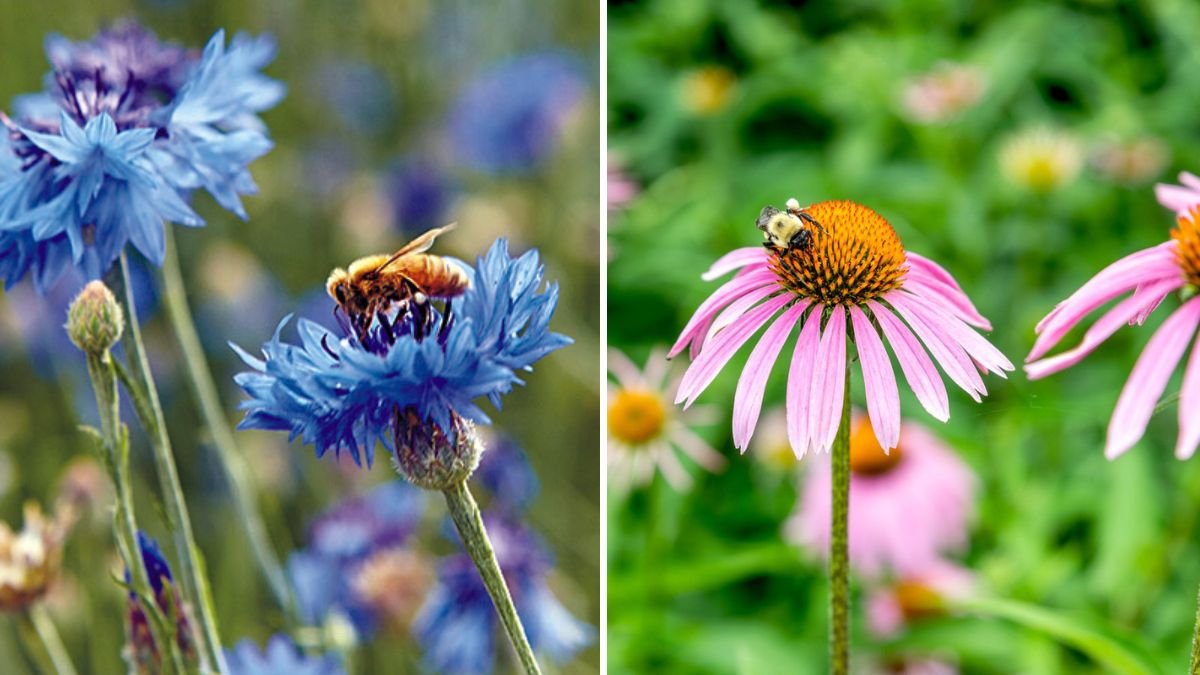Bees are essential pollinators in our gardens, responsible for fruit, vegetable, and flower production. Without them, many plants would struggle to bear fruit, and yields could drop dramatically. While planting fruiting crops is essential, flowers that attract bees can significantly enhance pollination and boost your garden’s overall productivity.
Incorporating bee-friendly flowers not only supports pollinator populations but also improves garden health, biodiversity, and beauty. By carefully selecting flowers that appeal to bees, gardeners can enjoy larger harvests, vibrant blooms, and a thriving ecosystem.
In this article, we explore seven flowers that attract bees, how they contribute to your garden, and tips for planting them to maximize pollinator activity.
Why Bees Are Crucial for Gardens
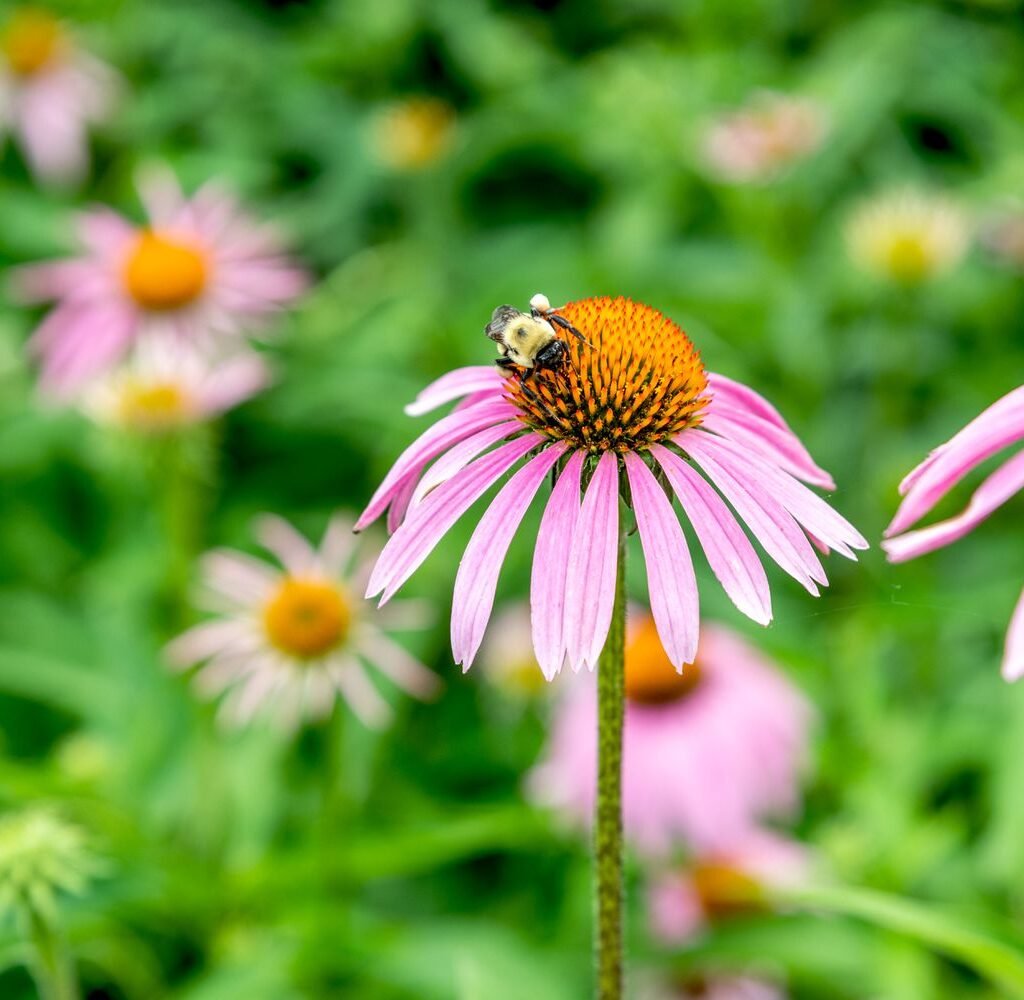
Bees are natural pollinators, transferring pollen from one flower to another, which:
- Enhances fruit and seed production in vegetables, fruits, and flowering plants.
- Improves flowering consistency and quality.
- Maintains biodiversity and supports beneficial insects.
- Strengthens ecosystem resilience by ensuring the survival of pollinator-dependent plants.
By planting bee-friendly flowers near crops and ornamental plants, gardeners create a continuous food source for bees, encouraging them to visit regularly.
1. Lavender (Lavandula spp.)
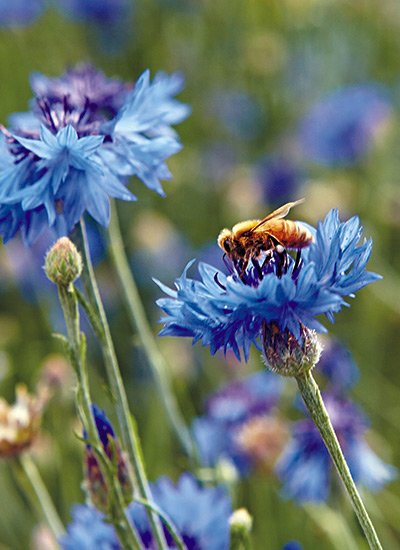
Lavender is a fragrant, perennial herb that attracts bees with its rich nectar and aromatic blooms.
Why It Attracts Bees:
- Produces plentiful nectar and pollen, ideal for bees.
- Blooms for a long period, providing a consistent food source.
- Its purple flowers are highly visible to pollinators.
Planting Tips:
- Place lavender in full sun with well-drained soil.
- Space plants 12–18 inches apart to encourage airflow.
- Deadhead blooms to maintain plant health and prolong flowering.
Expert Insight: Lavender not only supports pollinator populations but also adds fragrance and visual appeal, making it a dual-purpose addition to any garden.
2. Sunflowers (Helianthus annuus)
Sunflowers are tall, bright blooms that serve as a magnet for bees and other pollinators.
Why They Attract Bees:
- Large, composite flowers provide easy access to nectar and pollen.
- Bloom during mid to late summer, extending the pollinator season.
- Attract a wide range of bees, from honeybees to bumblebees.
Planting Tips:
- Plant sunflowers at the back of garden beds to avoid shading smaller plants.
- Use dwarf varieties if space is limited.
- Ensure full sun exposure and well-drained soil.
Expert Insight: Sunflowers act as both a food source and visual focal point, encouraging bees to visit other nearby crops.
3. Echinacea (Coneflowers)
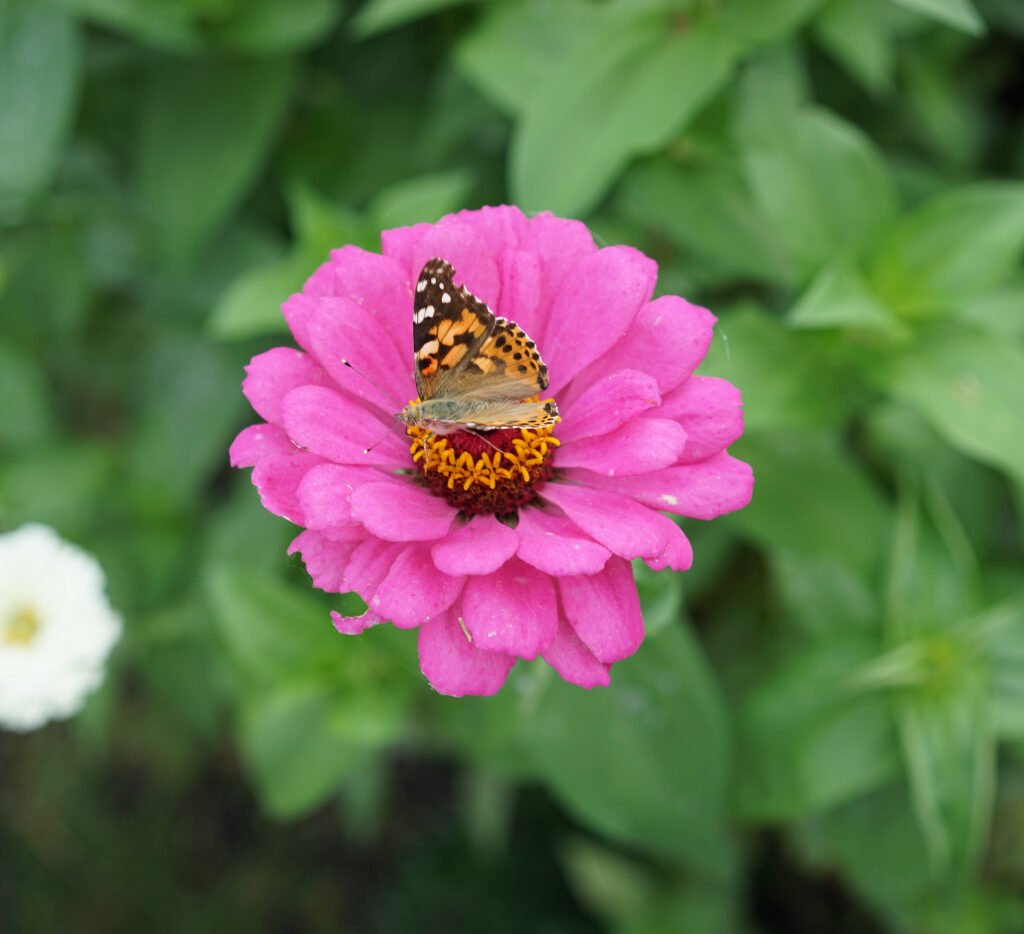
Coneflowers are hardy perennials with long-lasting blooms that appeal to bees and butterflies.
Why They Attract Bees:
- Their composite flowers contain abundant nectar.
- Blooming from mid-summer into fall ensures continued pollinator activity.
- Tall stems make them accessible to a variety of pollinators.
Planting Tips:
- Plant coneflowers in sunny areas with well-drained soil.
- Space 12–18 inches apart to prevent crowding.
- Deadhead regularly to encourage prolonged flowering.
Expert Insight: Coneflowers are easy to grow and maintain, offering consistent pollinator support and garden beauty.
4. Borage (Borago officinalis)
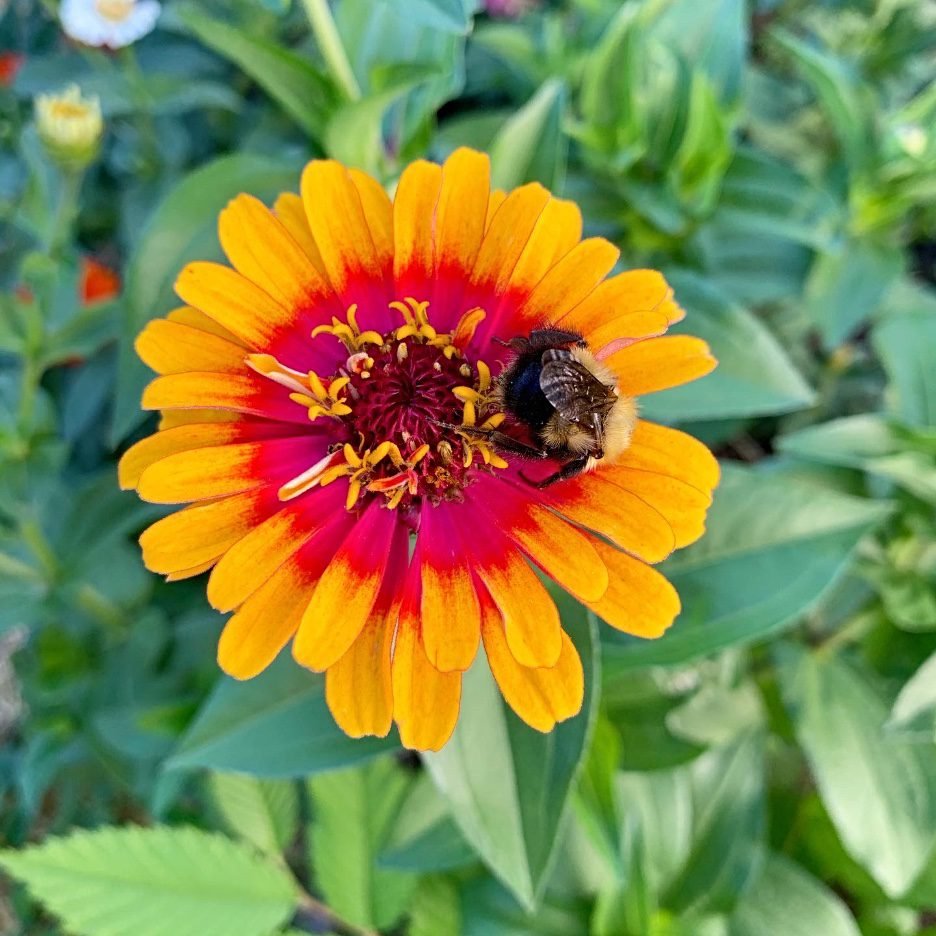
Borage is an annual herb with star-shaped blue flowers that bees absolutely love.
Why It Attracts Bees:
- Produces high amounts of nectar, especially early in the day.
- Its bright blue flowers stand out visually for pollinators.
- Leaves and flowers are also edible, adding culinary value.
Planting Tips:
- Sow seeds directly in full sun soil beds.
- Allow self-seeding for natural propagation.
- Harvest leaves sparingly to keep flowers abundant.
Expert Insight: Borage is a superfood for bees, encouraging them to stay longer in your garden and visit nearby crops.
5. Calendula (Calendula officinalis)
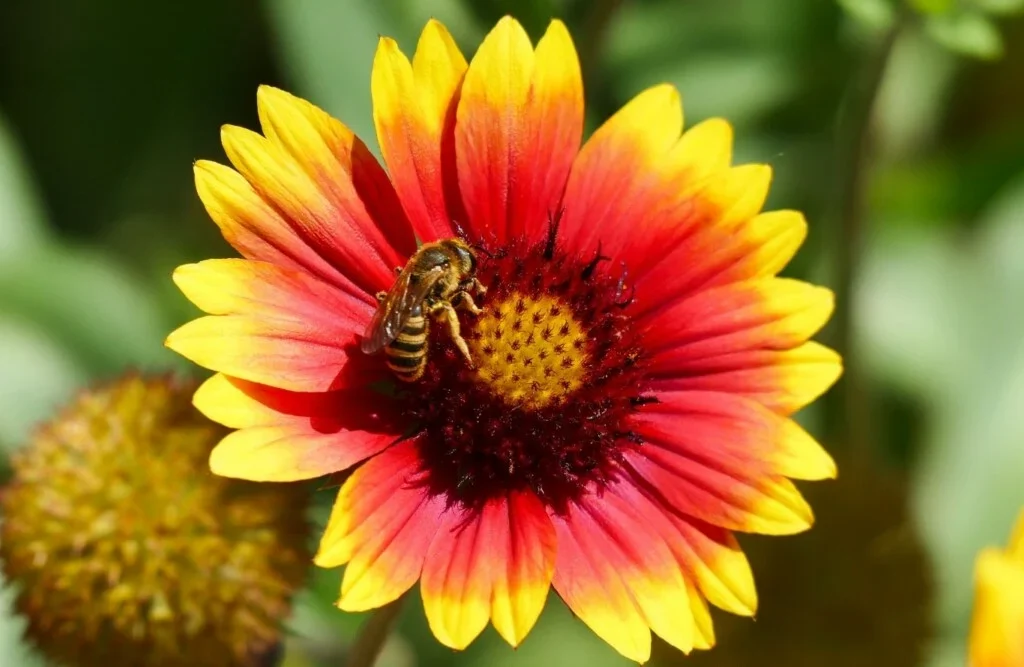
Calendula, or pot marigold, is an easy-to-grow annual that provides abundant nectar and pollen.
Why It Attracts Bees:
- Bright orange and yellow flowers are highly visible to bees.
- Flowers produce nectar throughout the summer months.
- Companion planting with vegetables increases pollination rates.
Planting Tips:
- Sow seeds in full sun for best results.
- Deadhead regularly to encourage new blooms.
- Plant around crops like tomatoes, cucumbers, or peppers to boost yield.
Expert Insight: Calendula is a dual-purpose plant, adding color while supporting pollinator populations.
6. Zinnias (Zinnia spp.)
Zinnias are annuals with bold, colorful blooms that are a magnet for pollinators.
Why They Attract Bees:
- Offer a wide range of colors that appeal visually to bees.
- Bloom heavily from mid-summer to frost, providing long-lasting nectar.
- Easy to grow and maintain in sunny gardens.
Planting Tips:
- Space plants 8–12 inches apart for airflow and growth.
- Deadhead spent flowers to encourage continuous blooming.
- Combine different heights and colors for maximum visual and ecological impact.
Expert Insight: Zinnias are ideal for mixing with vegetables or other annuals, attracting pollinators to the entire garden.
7. Bee Balm (Monarda spp.)
Bee balm is a perennial plant with tubular, nectar-rich flowers that attract bees, butterflies, and hummingbirds.
Why It Attracts Bees:
- Tubular flowers provide easy access to nectar for long-tongued pollinators.
- Bloom from mid-summer to early fall, supporting pollinators over a long season.
- Aromatic leaves can deter pests while supporting beneficial insects.
Planting Tips:
- Plant in sunny locations with well-drained soil.
- Space 18–24 inches apart for airflow.
- Deadhead and prune after flowering to encourage rebloom.
Expert Insight: Bee balm is highly attractive to pollinators and adds vertical color and fragrance to any pollinator-friendly garden.
Tips for Creating a Pollinator-Friendly Garden
- Diverse Bloom Times: Combine early, mid, and late bloomers to provide nectar throughout the growing season.
- Mix Colors and Shapes: Bees are attracted to blue, purple, yellow, and white flowers. Vary flower shapes to cater to different pollinator species.
- Plant in Clusters: Grouping flowers in clusters increases visibility and accessibility for pollinators.
- Avoid Pesticides: Use natural alternatives or integrated pest management to protect pollinators.
- Provide Water and Shelter: A shallow water source and undisturbed areas with leaf litter or logs support healthy bee populations.
Benefits of Pollinator-Friendly Flowers
- Increased Garden Productivity: Higher pollination rates lead to better fruit and vegetable yields.
- Enhanced Biodiversity: Attracts bees, butterflies, hummingbirds, and beneficial insects.
- Continuous Color: Creates a long-lasting display of blooms from spring through fall.
- Eco-Friendly Gardening: Reduces the need for chemical interventions while supporting local ecosystems.
- Educational Value: Observing pollinators can provide insights into plant-insect interactions and ecology.
Conclusion
Planting bee-friendly flowers next to crops and ornamentals like zinnias is one of the easiest ways to boost garden productivity while supporting essential pollinator populations. Lavender, sunflowers, coneflowers, borage, calendula, zinnias, and bee balm provide nectar, pollen, and visual cues that attract bees and other beneficial insects.
By combining these plants in sunny, well-drained gardens, gardeners create a thriving, vibrant ecosystem. The result is larger harvests, beautiful flowers, and a healthy, pollinator-friendly garden that supports biodiversity and sustains the environment for years to come.
